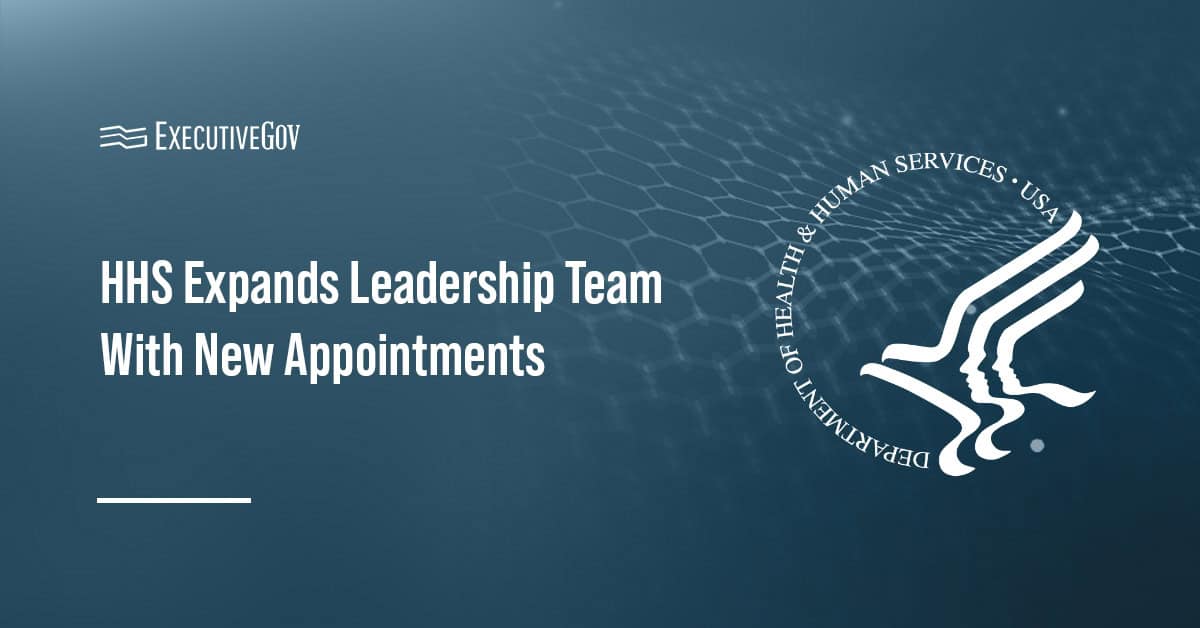 Republican candidate Donald Trump has won the 2016 U.S. presidential election over Democratic opponent Hillary Clinton in one of the country’s largest-ever political upsets, Reuters reported Wednesday.
Republican candidate Donald Trump has won the 2016 U.S. presidential election over Democratic opponent Hillary Clinton in one of the country’s largest-ever political upsets, Reuters reported Wednesday.Trump gathered enough of the 270 state-by-state electoral votes required and won in several key battleground states, Steve Holland and John Whitesides wrote.
Bloomberg Government analyzed Trump’s defense plans in an article published Nov. 2 and said he looks to increase the U.S. Army‘s size to 540,000 active duty soldiers, reach 350 ships for the U.S. Navy, equip the U.S. Air Force with 1,200 fighter aircraft and establish a total of 36 battalions in the U.S. Marine Corps,
Trump also indicated a focus on joint and coalition military operations and boosts to intelligence sharing and cyber warfare to counter the Islamic State militant group, according to BGOV.





